India-Nepal Ties and Possible Turbulences
Sat, 31 Dec 2022 | Reading Time: 3 minutes
As we all might be knowing that the current President of Nepal, Bidhya Devi Bhandari, under article 76(2) of Nepal’s Constitution, has appointed Pushpa Kamal Dahal from CPN on 25 December 2022.
With the new government on board, India would have to recalibrate its ties with Nepal, especially when both ‘Prachanda’ and Oli are Pro-China leanings. If we look into the history to find Indo-Nepal relations, we get to know that India’s post-independence ties with Nepal were predicated on the intimate cultural and historical links between the two countries. Back then, India’s first Prime Minister, Pt. Jawaharlal Nehru, noted, “though Nepal was an independent country, it was very closely allied to India in culture and tradition, and we did not look upon it as a foreign country.”
New Delhi also regarded China as an “interloper” in Nepal in 1950 who threatened India’s security and interests in the region, ignoring at least a century of Sino-Nepali history centering around Tibet. If we closely observe the triangular relationship between India, Nepal and China we find some key findings, firstly, this relationship is divided into 3 sections, the first section looks into the historical Sino-Nepali relationship from the mid-eighteenth to the mid-twentieth centuries. It establishes that this early relationship was centered on Tibet. While the Gorkha kings of Nepal sought to preserve their trade privileges in the region, the Chinese were concerned about the security of their southwestern frontier. Notably though, Beijing’s concern with security does not appear to have extended into any desire to conquer Nepal.
The second section delves into Indian and Chinese policies toward Nepal in the period from 1955 until the end of the monarchy in 2008. It showcases how, during this long period, the three kings of Nepal sought to leverage their ties with China in order to maintain some semblance of balance and how China, in turn, followed a limited but strategic approach that was centered on the kings. India’s Nepal policy lacked a working template to manage relations with a smaller neighbor sandwiched between India and China in a way that would preserve New Delhi’s influence in a positive way.
In contrast to China’s political approach, New Delhi fluctuated between the monarchy and an assortment of democratic political parties, suggestive of a provincial approach in New Delhi’s dealing with Kathmandu. As a result, China’s approach ensured that its main objective in Nepal, namely the security of its southwestern frontier, was secured with a relatively low-risk and low-cost strategy.
The third section deals with the aftermath of the fall of the Nepali monarchy, 2008 to 2016. During this important period, New Delhi had a fresh opportunity to reset ties by providing the support to democratic forces in Nepal, that could have resulted in a transformation of the Indo-Nepali ties. However, India appeared to hew to its traditional policy.
China, on the other hand, quickly built new ties with the post-monarchical dispensation. India’s perceived actions as a result of the adoption of the new constitution of Nepal plunged Indo-Nepali ties to a nadir. It seems to have pushed Kathmandu to strengthen its relationship with China.
Now if we look in the present scenario, The Chinese have big stakes in the Himalayan nation — trade, energy and infrastructure development are their focus areas. Beijing, which is said to have played a key role in the unification of the parties led by ‘Prachanda’ and Oli in 2018, would again be banking on the two leaders to exert greater influence on Nepal. New Delhi needs to be proactive in reaching out to the new government in Kathmandu and engaging in dialogue to resolve festering disputes.
A review of various agreements and treaties, including the 1950 India-Nepal Treaty of Peace and Friendship, is overdue. It was in 2018 that a panel consisting of representatives of both nations had recommended updating of bilateral pacts to reflect current realities. Deft diplomacy will be required to handle Oli, who had tried to provoke India with his dubious territorial claims a couple of years ago. India needs a calculative approach with Nepal, in order to maintain its rational relations with Nepal and not let it become another subordinate of our foe.
Disclaimer
The opinions expressed in this article are the author’s own and do not reflect the views of Chanakya Forum. All information provided in this article including timeliness, completeness, accuracy, suitability or validity of information referenced therein, is the sole responsibility of the author. www.chanakyaforum.com does not assume any responsibility for the same.
Chanakya Forum is now on . Click here to join our channel (@ChanakyaForum) and stay updated with the latest headlines and articles.
Important
We work round the clock to bring you the finest articles and updates from around the world. There is a team that works tirelessly to ensure that you have a seamless reading experience. But all this costs money. Please support us so that we keep doing what we do best. Happy Reading
Support Us





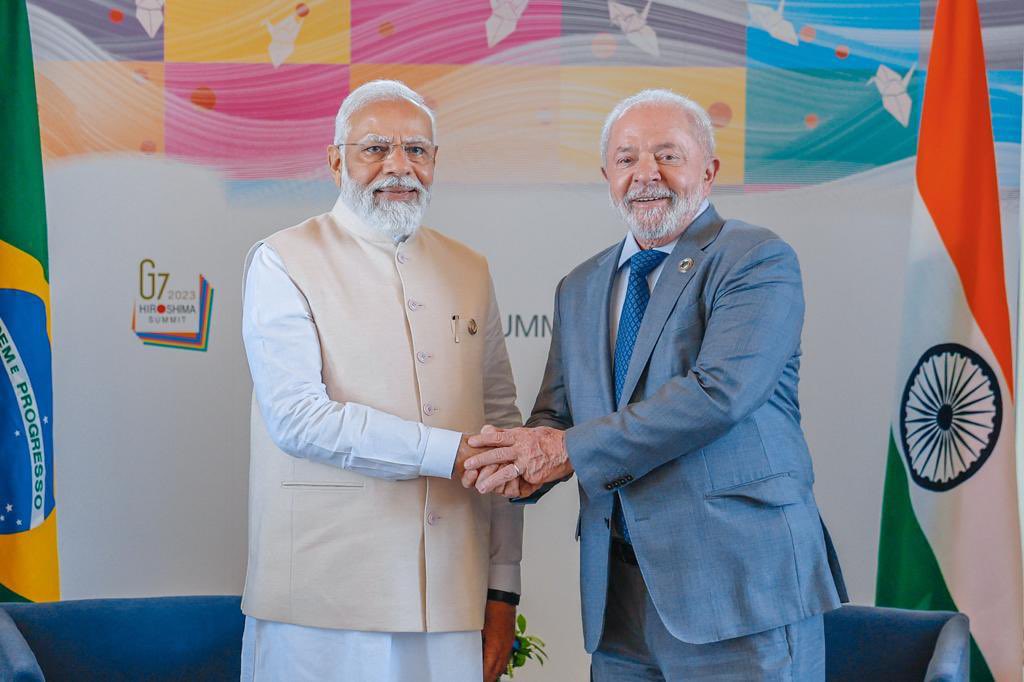

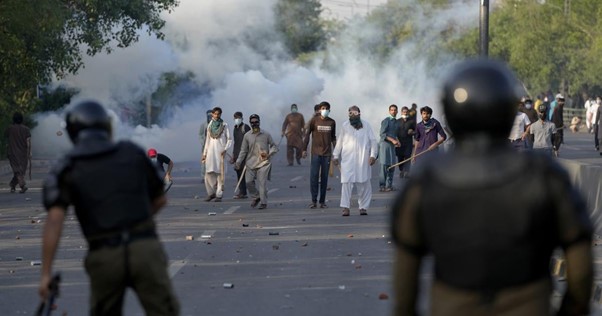

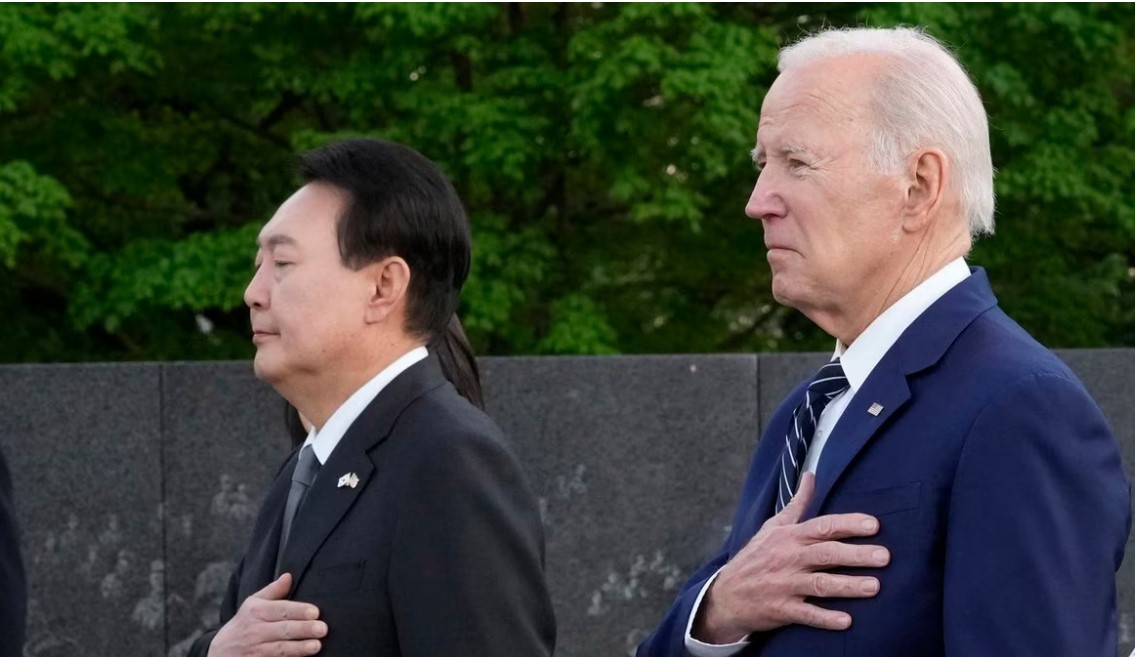

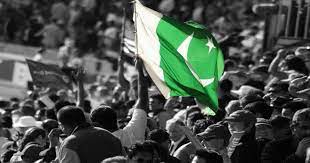
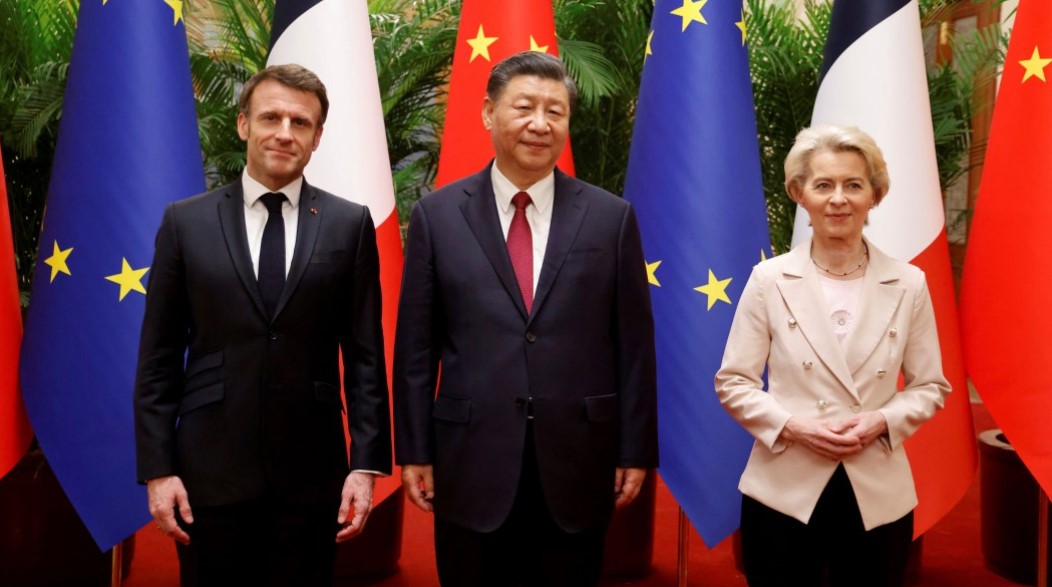
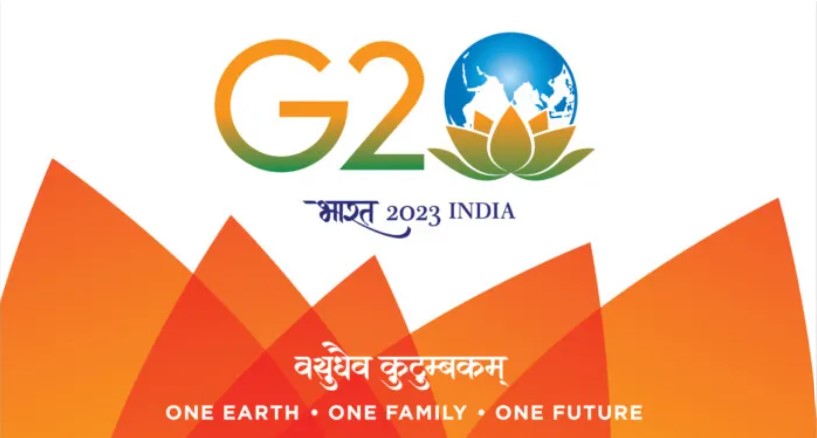






POST COMMENTS (0)